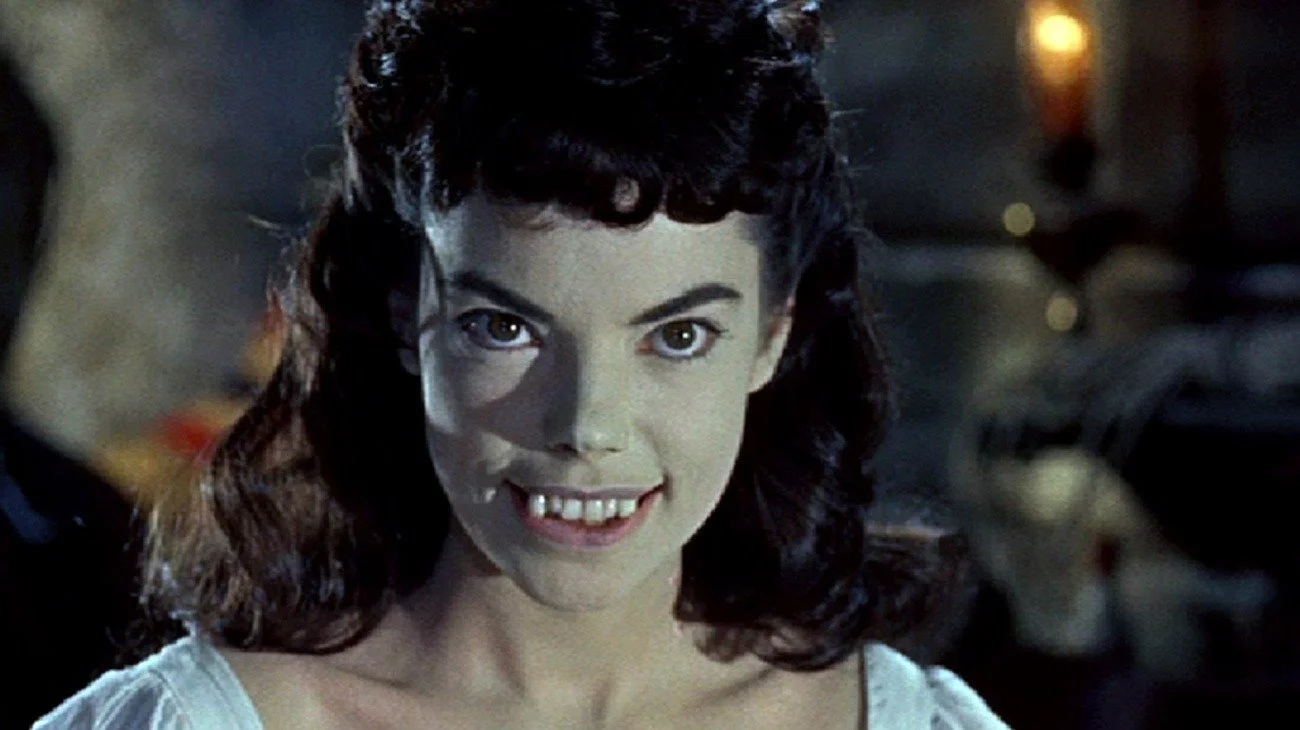Top 5 Horror Movies to Revisit This October
Introduction
October is for horror. Not the disposable kind, not the blood-slick thrill rides that burn themselves out in a weekend, but the kind that lingers. The kind that builds atmosphere, haunts in suggestion, and refuses to let go once the credits roll. Too often, “horror” gets flattened into the slasher mold or confused with gore-for-gore’s-sake. But the films that endure—the ones worth revisiting when the nights lengthen and the air sharpens—are the ones that understand dread as an art form.
These five aren’t about body counts. They’re about presence. About mood, atmosphere, and performances that stick with you. Each one, in its own way, proves that true horror doesn’t age. It deepens.
1. Horror of Dracula (1958)
This film drips with atmosphere. From its first frames you know you’re not watching a cheap thrill machine but a work of Gothic dread done right. Christopher Lee’s presence is undeniable — his Dracula is towering, magnetic, and feral, a monster you can’t look away from. I also love that Jonathan Harker begins not as a victim, but as a vampire hunter himself — a twist that instantly sets this adaptation apart from others. The texture, the cinematography, the score — it all comes together into something rich and elegant. And then there is Peter Cushing as Van Helsing: not only the best Van Helsing ever put to film, but one of my favorite characters in cinema, period. This isn’t about cheap scares or gore; this is horror done the way it ought to be — with dread, with presence, with craft.
2. The Brides of Dracula (1960)
Many dismiss Brides because it lacks Dracula himself, but in truth that absence allows the film to explore how evil ripples outward. There’s an implication that Baron Meinster was turned by Dracula, and that haunting suggestion makes the film feel like an extension of his curse. But the real star here is Andrée Melly — without question the single most hauntingly beautiful vampire ever captured on film. Her presence alone elevates this movie into the unforgettable. The rest of the cast hold their own, and the lead heroine in particular carries her weight with surprising strength. And of course, Cushing once again transforms the material from pulpy Gothic spectacle into something that feels like true cinema. This is Hammer proving that horror doesn’t need its central monster on screen to be effective; the shadow is enough.
3. 1408 (2007)
It’s hard to find anyone who writes characters better than Stephen King. And while King didn’t script this adaptation himself, the film still carries his fingerprints: flawed but sympathetic characters, atmosphere built around emotion as much as setting, and the kind of meditative horror that lingers. John Cusack is engaging, often carrying entire stretches of the movie alone, and he manages to be both skeptical and sympathetic at the same time. The score works well, alternating between sharp scares and quiet, unsettling interludes that keep you unmoored. This isn’t the strongest film on the list, but it is one of the most overlooked. A modern classic, and one well worth your time — precisely because it understands that horror can be terrifying and contemplative at once.
4. Halloween III: Season of the Witch (1982)
Hot take: Halloween III is my favorite of the series. And yes, I think it outclasses the others, even Carpenter’s original. Halloween (1978) is a great film, but Season of the Witch is something else entirely — a true original. It has strong leads, a phenomenal score, and some gorgeous cinematography. What begins as a pulpy mystery slowly tightens into a nightmare of conspiracy, pagan ritual, and technology used for mass sacrifice. Stacey Nelkin is a highlight — both her performance and her presence lend warmth to a story drenched in dread. I love too how this film feels strangely prophetic, pulling together threads of corporate power, surveillance, and cultural manipulation that are now part of the modern conspiracy subculture. What once seemed zany now feels resonant, even urgent. That’s why Halloween III endures: it isn’t just scary, it’s about something.
5. Sleepy Hollow (1999)
Johnny Depp and Christina Ricci — need I say more? Their pairing alone gives Sleepy Hollow a timeless appeal, but Burton’s retelling makes this far more than just another spin on the Headless Horseman. The effects are serviceable today, but it’s the atmosphere that matters — fog-choked forests, crooked trees, and autumn burned into every frame. It is, in many ways, comfort food for October nights. Everyone knows the Sleepy Hollow tale, but Burton twists it just enough to make it his own, layering gothic visuals with small, effective character beats. Ricci glows on screen, Depp’s Ichabod is neurotic and vulnerable in just the right measure, and the Horseman is more inevitability than villain. To me, this is the definitive adaptation — not because it’s perfect, but because it marries the myth to the kind of visual and thematic weight that lingers long after the credits roll.
Horror is never just about what terrifies us. It’s about what lingers, what stays behind after the lights go out. Each of these films offers more than scares — they offer presence, atmosphere, and meaning. That’s what makes them worth revisiting every October.
If you enjoyed this list and want more deep dives into horror — from essays on classics like Halloween to overlooked gems and the philosophy of fear itself — follow me on YouTube for video essays, on X/Twitter for quick takes and discussions, and sign up for my newsletter below for exclusive insights and updates. October might end, but horror — the real kind — endures.





